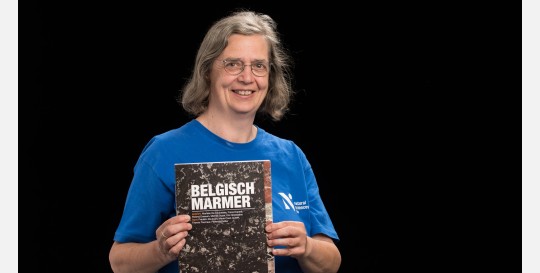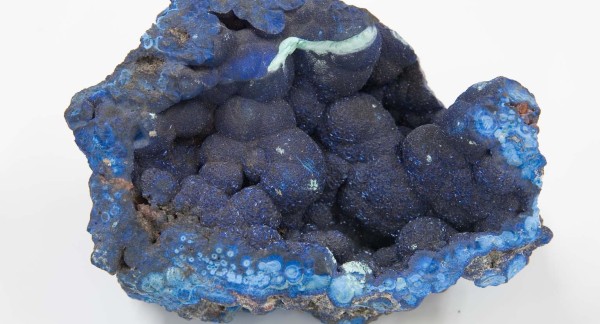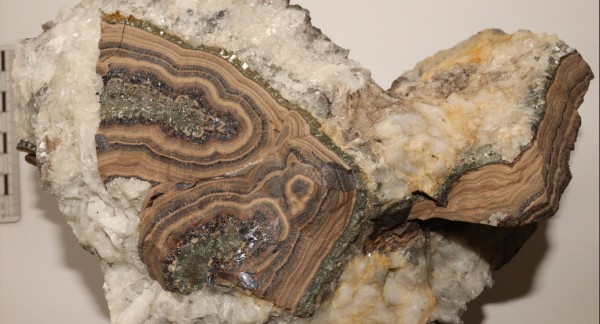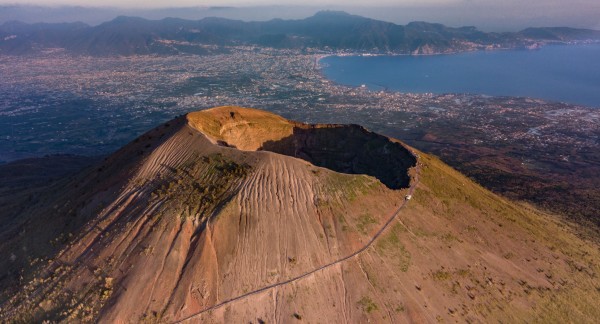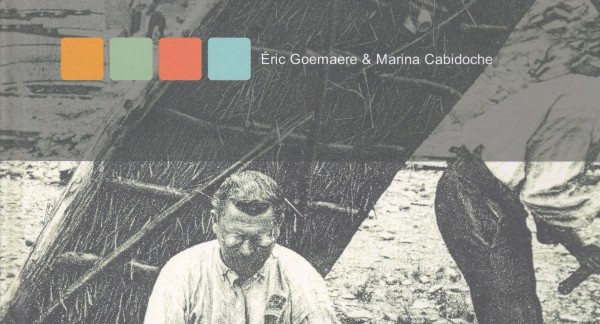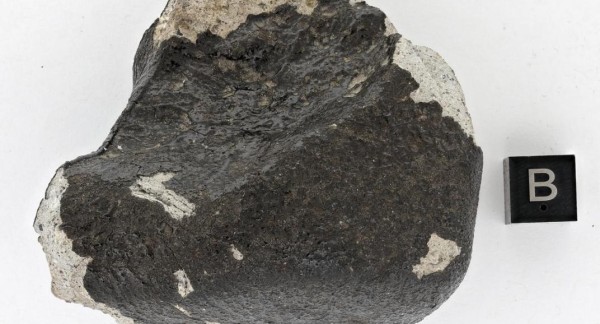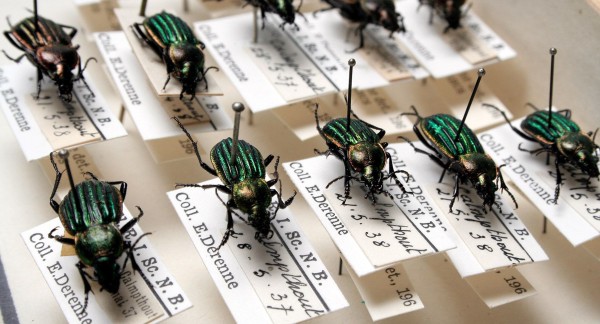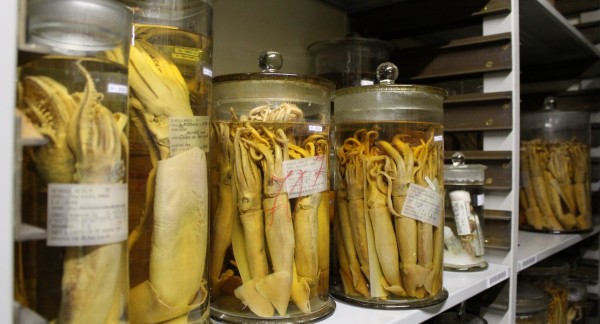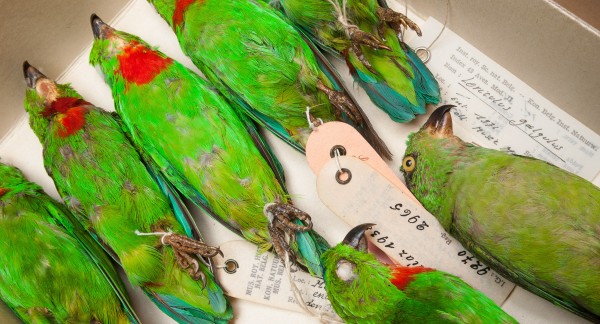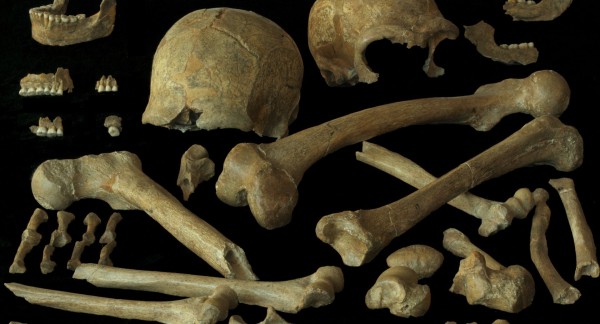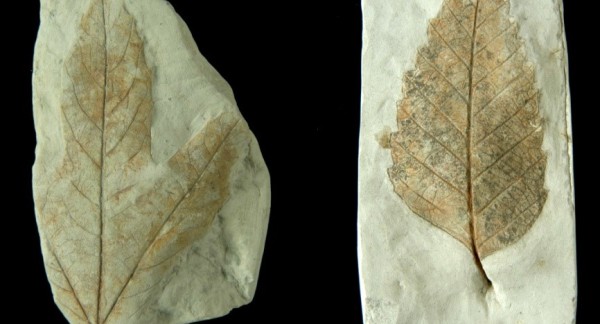Geology Collections
Our geological collection spans no less than 4.5 billion years: from impressive meteorites testifying of the beginnings of our solar system, unusual rocks and brilliant minerals, to many kilometres of drill cores that give us insight into how the complex Belgian subsurface is structured.
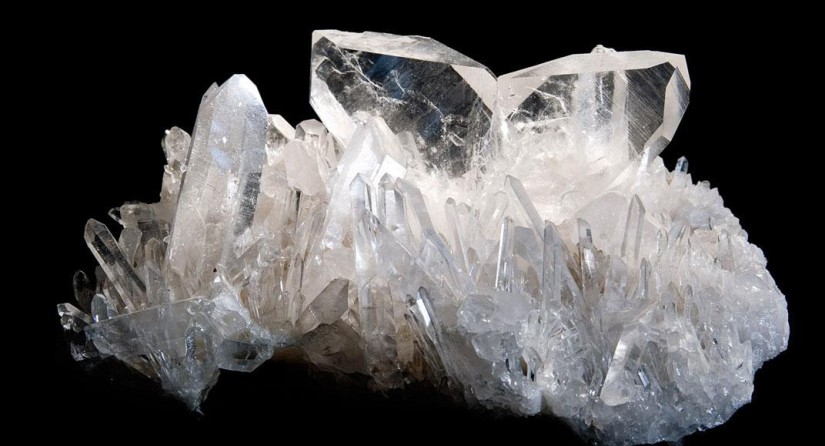
The rich geological collection contains rocks, minerals and meteorites, as well as drill cores and descriptions of drillings.
400,000
samples of Belgian soil
40km
of drill cores
35,000+
minerals
1,620
meteorites
Geologists have been collecting ground samples since the middle of the 19th century and have used them to illustrate their descriptions of the "subsurface". This has led to the creation of a lithoteque, a library of rock samples. The collection is still growing and now runs to about 400.000 samples drawn from Belgian soil.
The larger items, the "drill cores", are stored at a different site. If you were to lay these cores end to end they would stretch out for about 40 kilometres! They can be freely consulted by researchers, along with the borehole measurements and descriptions. The drill core archives are of huge value today when it comes to locating sources for geothermal energy for instance.
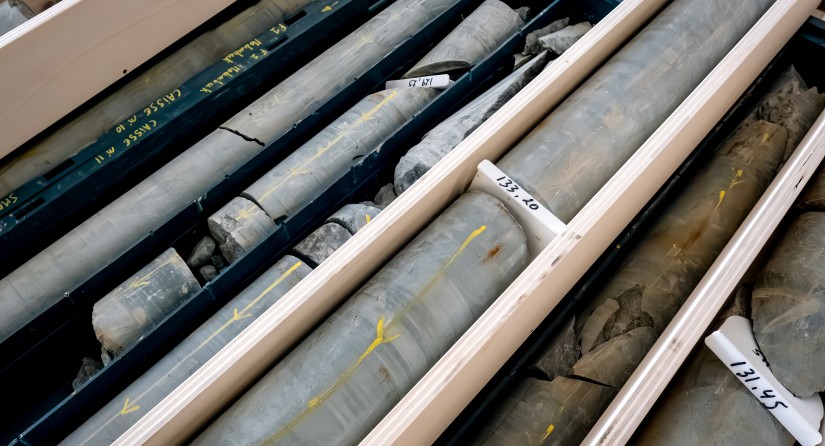
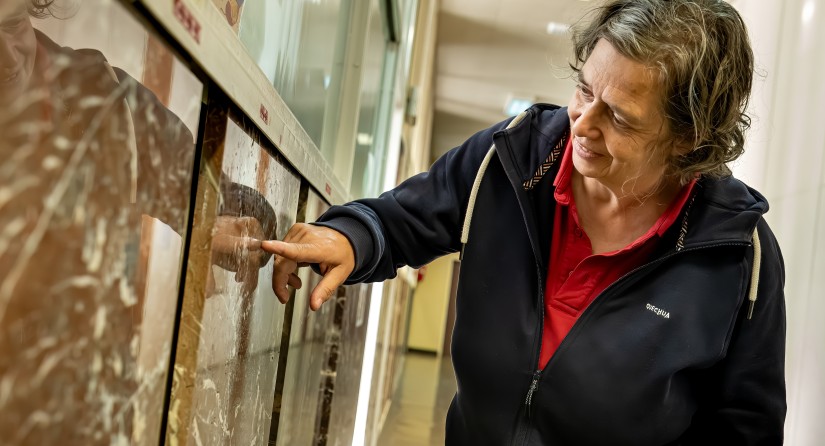
Minerals and Rocks
We are proud of our mineral collection: more than 35,000 specimens. Of these, 5,100 were found in Belgium and 17 were first discovered and defined here. The Russian minerals and rocks – 800 specimens donated by crown prince William of Orange in 1828 – constitute the oldest section of the Institute’s collections.
The collection of Belgian marble is outstanding. Belgian marble was used in countless historical buildings. The marble gallery at the RBINS – a showpiece from the 1897 World Exhibition in Brussels – offers a wealth of information about the stone quarries of the late 19th century, which no longer operate today.
Most valuable of all is probably the collection of 1,620 meteorites. One of the biggest is the 436 kilogram "Mont-Dieu" meteorite which is on display in the museum's Dinosaur Gallery. We also curate pieces of the 6 meteorites found in Belgium and an important collection (420 pieces) of Antarctic meteorites. An 18 kilogram Antarctic meteorite is on display in the gallery 250 Years of Natural Sciences.
Last but not least, the RBINS holds small fragments of moon rocks retrieved by Apollo astronauts.
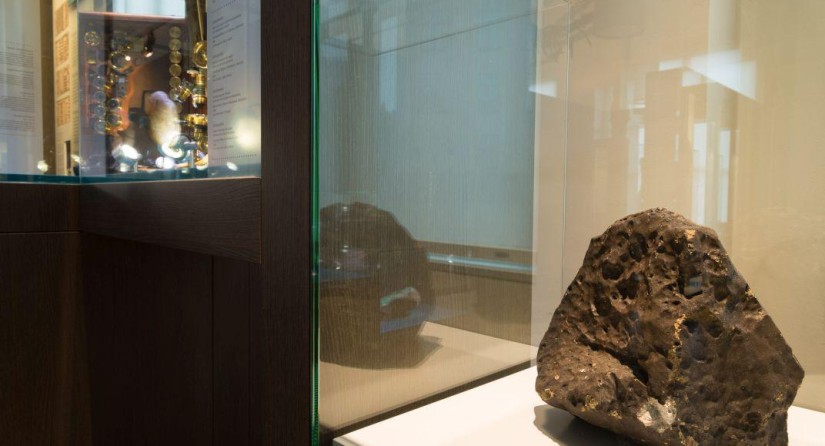
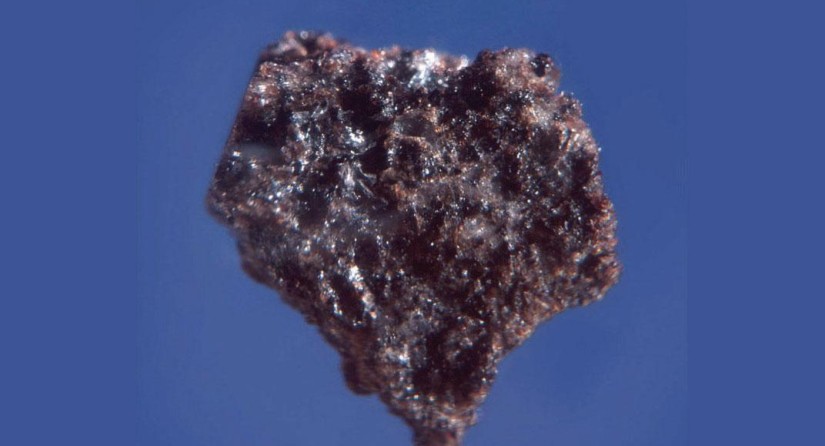
Our team
Search our collections
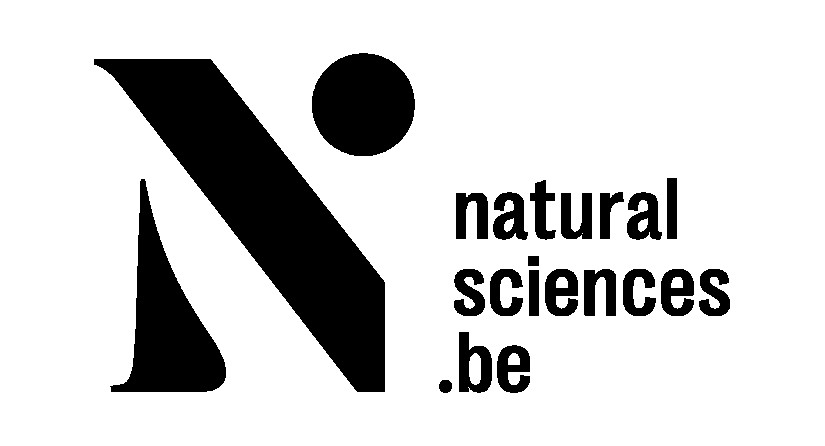
DaRWIN
(species)

Virtual collections
(digitized specimens)

Collections
(general info)

Metadata catalog
(available scientific data sets)
Learn more about geology
Our collections
Visiting the collections
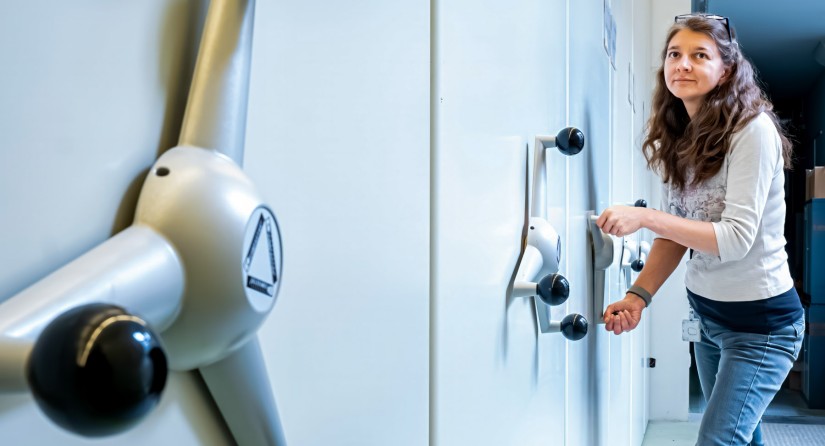
Are you a researcher wishing to study a collection?
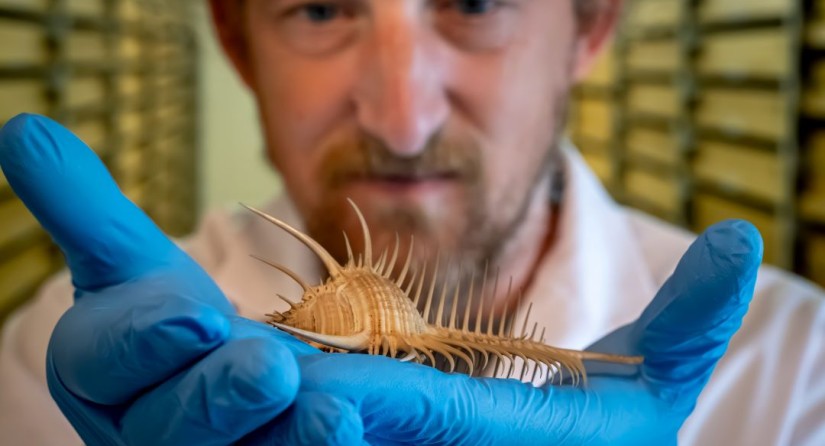
You want a backstage guided tour with a peek into our collections and labs?
The history of our collections
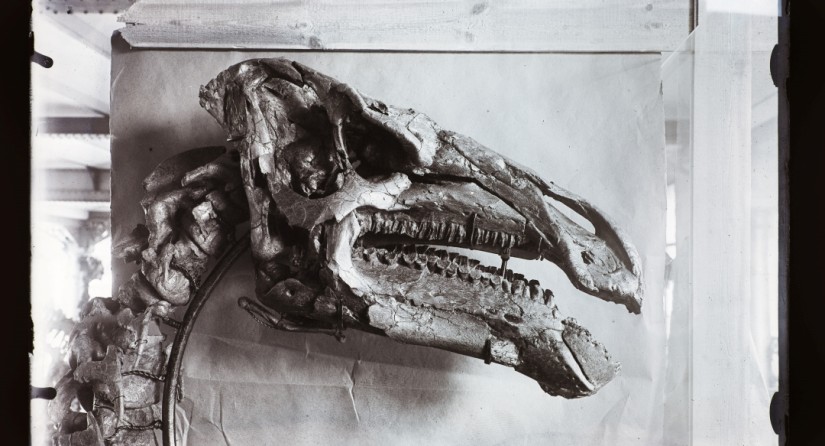
How did our eclectic selection of specimens grow into one of the most important in the world?
Donate your collection
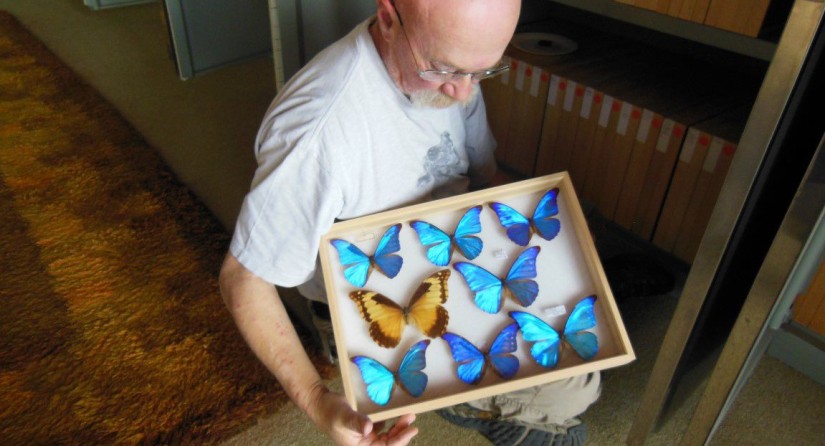
Your private collection or the one you inherited could be of great scientific value. Why not donate them to the Royal Belgian Institute of Natural Sciences? We will keep the specimens in perfect condition.
